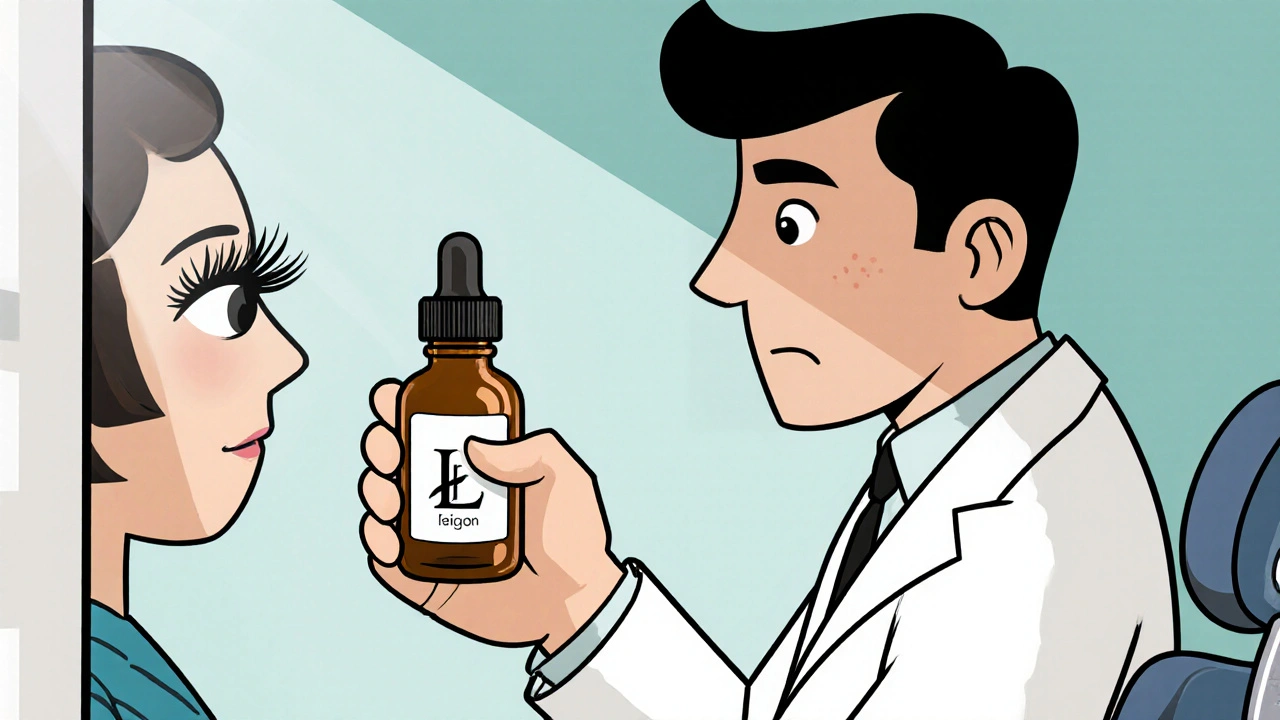
Bimatoprost’s Cultural Impact: How a Glaucoma Drug Redefined Beauty Standards
Explore how the glaucoma drug Bimatoprost reshaped beauty standards, influencing eyelash trends, the cosmetics market, and cultural perceptions of beauty.
When you hear Latisse, a prescription eyelash growth serum containing bimatoprost, originally developed to treat glaucoma but later approved for cosmetic use. Also known as bimatoprost, it’s one of the few FDA-approved treatments that actually makes eyelashes grow longer, thicker, and darker—not just coat them with mascara. Unlike over-the-counter serums that promise results but deliver little, Latisse works by extending the growth phase of your eyelash hair cycle. It doesn’t just make lashes look fuller—it changes how they grow.
People use Latisse for more than just vanity. Some have thin lashes due to genetics, aging, or even chemotherapy. Others want to skip the daily hassle of eyelash extensions or falsies. But Latisse isn’t for everyone. It’s a prescription for a reason: it can cause side effects like darkening of the eyelid skin or iris color change, though these are rare. It also needs daily use—apply it once a night with the provided brush—to see results, which usually take 8 to 12 weeks. If you stop using it, your lashes will return to their original state within months. That’s why consistency matters more than price.
Many people search for Latisse alternatives because of cost or access. You’ll find tons of products online claiming to be "natural Latisse" or "generic Latisse," but most lack clinical proof. Bimatoprost is the only active ingredient proven to work. Some alternatives like castor oil or peptides might condition lashes, but they won’t stimulate growth the same way. Even prescription options like RevitaLash or Careprost (which contains the same bimatoprost as Latisse but sold under different branding) are often cheaper and just as effective—if you can get them from a trusted source. The real difference? FDA approval, consistent dosing, and medical oversight.
If you’re considering Latisse, talk to a doctor first. They can check if your eye health is suitable, rule out conditions like uveitis or eyelid inflammation, and guide you on proper application. Don’t risk using unregulated products from sketchy websites—those can cause infections or permanent damage. Real results come from real medicine, not hype.
Below, you’ll find real comparisons and guides that break down Latisse side by side with other treatments, explain how to use it safely, and show you what actually works when you’re trying to get the most out of your lashes—without wasting money or risking your eyes.

Explore how the glaucoma drug Bimatoprost reshaped beauty standards, influencing eyelash trends, the cosmetics market, and cultural perceptions of beauty.